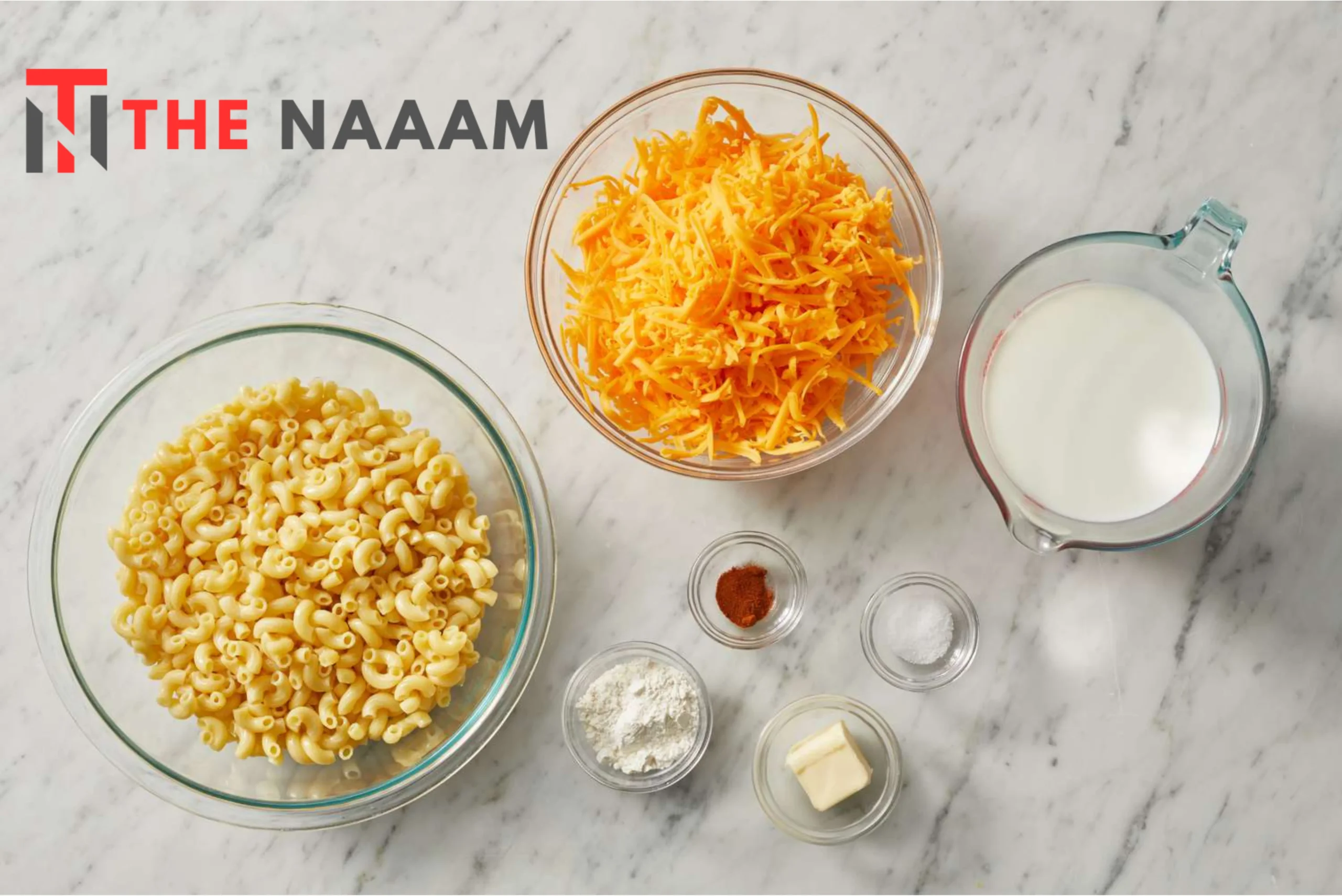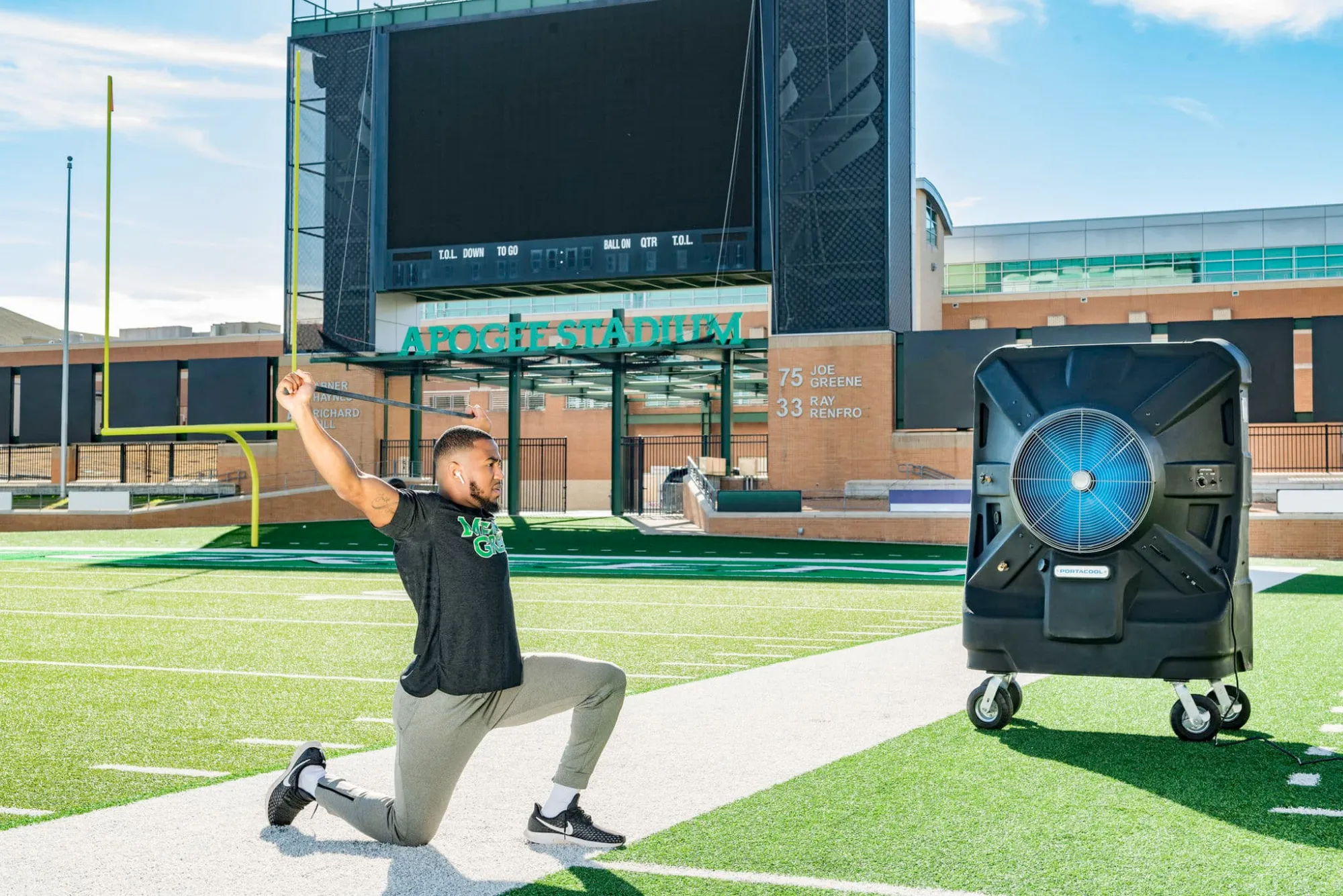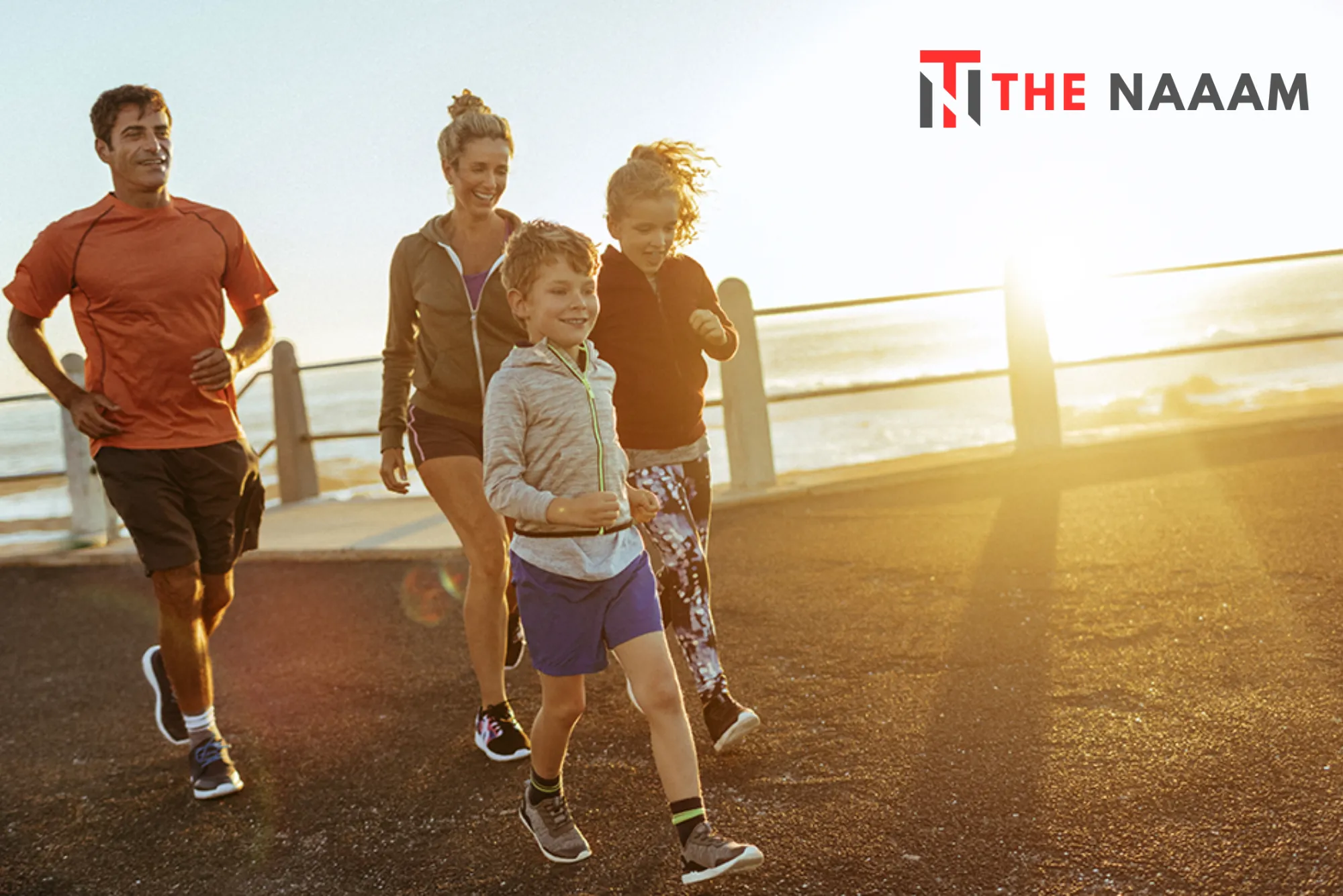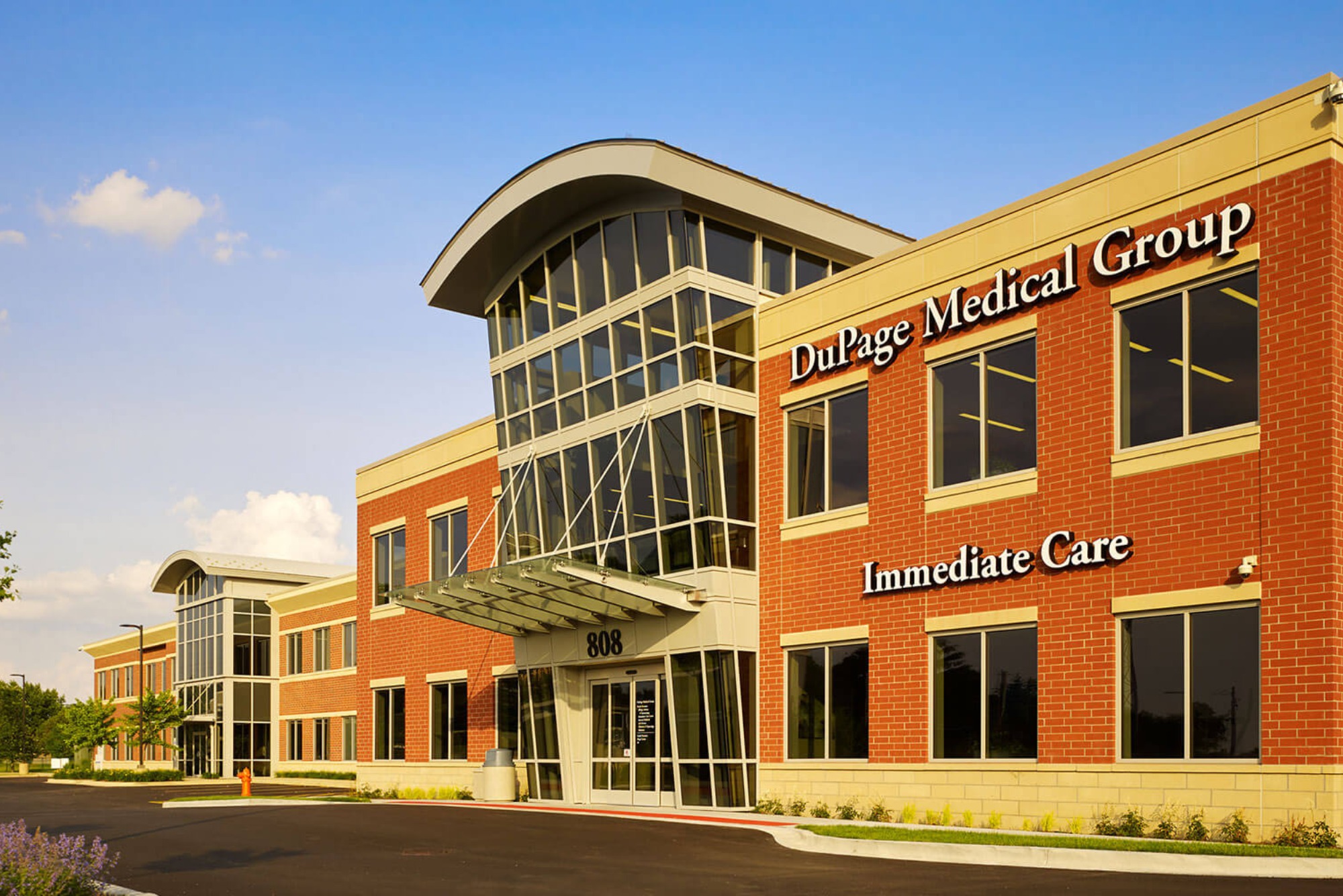Table of Contents
ToggleDifference Between Physical Activity and Physical Fitness
Understanding what is the difference between physical activity and physical fitness is crucial for anyone looking to improve their health and well-being. While these terms are often used interchangeably, they refer to different aspects of health and wellness. This article will delve into the distinctions between physical activity and physical fitness, their benefits, and how you can incorporate both into your daily life.
What is Physical Activity
Physical activity refers to any bodily movement produced by skeletal muscles that require energy expenditure. This can include activities such as walking, running, dancing, swimming, and even household chores like cleaning or gardening.
Types of Physical Activity
Aerobic Activity
Aerobic activities, often known as cardio, are exercises that increase your heart rate and breathing. Examples include running, cycling, and swimming.
Muscle-Strengthening Activity
These activities involve making muscles work harder than usual. Lifting weights, using resistance bands, and doing body-weight exercises like push-ups and squats are common examples.
Bone-Strengthening Activity
Bone-strengthening activities produce a force on the bones that promotes bone growth and strength. Examples include jumping, running, and weight-bearing exercises.
Balance and Flexibility Activity
Activities that improve balance and flexibility include yoga, tai chi, and stretching exercises.
What is Physical Fitness
Physical fitness is a state of health and well-being and the ability to perform aspects of sports, occupations, and daily activities. Physical fitness is generally achieved through proper nutrition, moderate-vigorous physical exercise, and sufficient rest.
Components of Physical Fitness
Cardiorespiratory Endurance
This component measures how well your heart, lungs, and muscles work together to keep your body active over an extended period. Activities like jogging, swimming, and cycling can improve cardiorespiratory endurance.
Muscular Strength
Muscular strength refers to the amount of force a muscle can produce with a single maximal effort. Weightlifting and resistance training are excellent ways to enhance muscular strength.
Muscular Endurance
Muscular endurance is the ability of a muscle to continue to perform without fatigue. Activities that involve repetitive movements, such as cycling or rowing, can help improve muscular endurance.
Flexibility
Flexibility is the range of motion available to your joints. Stretching exercises and activities like yoga can improve flexibility.
Body Composition
Body composition refers to the relative amount of muscle, fat, bone, and other vital parts of the body. A healthy body composition is one that includes a lower percentage of body fat and a higher percentage of non-fat mass, which includes muscle, bones, and organs.
Key Differences Between Physical Activity and Physical Fitness
Definition and Scope
- Physical Activity: Encompasses all movements that require energy expenditure, regardless of the intensity or purpose.
- Physical Fitness: Refers to a set of attributes that people have or achieve related to their ability to perform physical activities.
Measurement
- Physical Activity: Can be measured by the amount of energy expended, often tracked through steps, movement minutes, or calories burned.
- Physical Fitness: Typically assessed through fitness tests measuring endurance, strength, flexibility, and body composition.
Goals
- Physical Activity: The primary goal is to increase overall movement to enhance health and prevent diseases.
- Physical Fitness: Aimed at improving specific physical capabilities and overall fitness levels, which contributes to enhanced performance and health.
Health Benefits
- Physical Activity: Regular physical activity can help reduce the risk of chronic diseases, improve mental health, and promote longevity.
- Physical Fitness: Being physically fit can enhance your ability to perform daily tasks with ease, reduce the risk of injury, and improve your quality of life.
Benefits Of Physical Activity
Engaging in regular physical activity offers numerous benefits that contribute to overall health and well-being. Here are some key advantages:
Improved Cardiovascular Health
Regular physical activity strengthens the heart, improves blood circulation, and reduces the risk of heart disease and stroke.
Weight Management
Physical activity helps in burning calories, reducing body fat, and maintaining a healthy weight, which is essential for preventing obesity-related conditions.
Stronger Muscles and Bones
Activities such as weight-bearing exercises enhance muscle strength and bone density, reducing the risk of osteoporosis and fractures.
Enhanced Mental Health
Exercise releases endorphins, which help alleviate stress, anxiety, and depression, and improve overall mood and mental well-being.
Better Sleep
Regular physical activity can help you fall asleep faster, improve sleep quality, and increase the duration of sleep.
Increased Energy Levels
Physical activity boosts energy by improving cardiovascular efficiency and muscle strength, making daily tasks easier to perform.
Improved Flexibility and Balance
Activities like stretching, yoga, and tai chi enhance flexibility and balance, reducing the risk of falls and improving overall mobility.
Reduced Risk of Chronic Diseases
Regular exercise lowers the risk of developing chronic conditions such as type 2 diabetes, hypertension, and certain cancers.
Enhanced Immune Function
Physical activity can boost the immune system, making you more resistant to infections and illnesses.
Social Benefits
Participating in group sports or fitness classes can provide social interaction, enhance teamwork skills, and reduce feelings of loneliness.
Longevity
Engaging in regular physical activity is associated with a longer lifespan and improved quality of life in older age.
Incorporating physical activity into your daily routine can significantly enhance your health, well-being, and overall quality of life.
Health Benefits of Physical Activity
Engaging in regular physical activity offers a wide range of health benefits that positively impact various aspects of your well-being. Here are some key advantages:
Improved Cardiovascular Health
Physical activity strengthens the heart, lowers blood pressure, improves blood circulation, and reduces the risk of heart disease and stroke.
Weight Management
Regular exercise helps in burning calories, maintaining a healthy weight, and reducing the risk of obesity-related conditions such as type 2 diabetes and metabolic syndrome.
Stronger Muscles and Bones
Activities like strength training increase muscle mass and bone density, reducing the risk of osteoporosis and fractures.
Enhanced Respiratory Function
Physical activity improves lung function, increases lung capacity, and enhances respiratory efficiency.
Reduced Risk of Chronic Diseases
Regular exercise lowers the risk of developing chronic conditions such as type 2 diabetes, hypertension, certain cancers, and metabolic disorders.
Improved Immune Function
Physical activity strengthens the immune system, making you more resistant to infections and illnesses.
Better Mental Health
Exercise releases endorphins, neurotransmitters that promote feelings of happiness and well-being, and reduces the risk of depression, anxiety, and stress-related disorders.
Enhanced Sleep Quality
Regular physical activity improves sleep quality and duration, leading to better rest and overall well-being.
Increased Energy Levels
Engaging in physical activity boosts energy levels, reduces fatigue, and improves overall vitality.
Better Cognitive Function
Exercise enhances cognitive function, including memory, attention, and problem-solving skills, and reduces the risk of age-related cognitive decline and dementia.
Longevity
Regular physical activity is associated with a longer lifespan and improved quality of life in older age.
Incorporating regular physical activity into your lifestyle can significantly improve your health, well-being, and overall quality of life.
Mental Benefits of Physical Activity
Physical activity doesn’t just benefit the body—it also has profound effects on mental health and cognitive function. Here are some of the key mental benefits:
Reduced Stress and Anxiety
Exercise triggers the release of endorphins, chemicals in the brain that act as natural mood lifters, helping to alleviate stress and anxiety.
Improved Mood
Regular physical activity can enhance overall mood and emotional well-being by promoting the production of neurotransmitters like serotonin and dopamine.
Enhanced Cognitive Function
Exercise has been shown to improve cognitive function, including memory, attention, and problem-solving skills, by increasing blood flow to the brain and promoting the growth of new brain cells.
Better Sleep
Physical activity can improve sleep quality and duration, leading to more restful and rejuvenating sleep.
Increased Self-Esteem and Confidence
Regular exercise can boost self-esteem and confidence by improving physical appearance, increasing feelings of competence and achievement, and providing a sense of control over one’s life.
Stress Relief
Engaging in physical activity provides a healthy outlet for stress and tension, helping to clear the mind and promote relaxation.
Reduced Risk of Depression
Regular exercise has been associated with a lower risk of depression and can be an effective adjunct treatment for managing depressive symptoms.
Enhanced Resilience
Physical activity can build resilience to stress and adversity by improving coping mechanisms and promoting a sense of mastery and control over challenges.
Improved Social Connections
Participating in group activities or team sports provides opportunities for social interaction and support, reducing feelings of loneliness and isolation.
Boosted Creativity
Physical activity has been shown to enhance creativity by stimulating the brain and promoting divergent thinking.
Overall Well-Being
By improving mental health and emotional well-being, regular physical activity contributes to overall feelings of happiness, fulfillment, and life satisfaction.
Why Is Physical Activity And Fitness Important
Physical activity and fitness are crucial because they improve overall health, enhance mental well-being, and reduce the risk of chronic diseases such as heart disease, diabetes, and obesity. Regular physical activity boosts cardiovascular health, strengthens muscles and bones, enhances flexibility, and promotes better body composition. Additionally, it improves mood, reduces stress, and enhances cognitive function, contributing to a higher quality of life and longevity.
The Role of Physical Activity in Diabetes Management
Physical activity plays a pivotal role in managing diabetes, providing a multitude of benefits that aid in controlling the condition and averting complications. Regular exercise, under the banner of Physical Activity Help Diabetes, bolsters insulin sensitivity, facilitating the absorption of glucose by cells for energy utilization, thereby aiding in blood sugar regulation.
Moreover, it serves as a potent tool in weight management, facilitating calorie expenditure and fat loss, crucial for thwarting obesity-induced type 2 diabetes and managing weight in diabetic individuals. Furthermore, exercise fortifies cardiovascular health, curbing the risk of heart disease and stroke, while concurrently mitigating stress and uplifting mood, thus bolstering overall well-being. Integrating physical activity into the daily regimen not only enhances blood sugar control but also diminishes complication risks, amplifies energy levels, and cultivates enduring healthy habits for effective diabetes management.
Benefits of Physical Activity in College Students
Physical activity plays a crucial role in the overall well-being of college students, offering numerous benefits that extend beyond just physical health. Here are some key advantages:
Improved Academic Performance
Regular physical activity has been linked to better concentration, memory, and cognitive function, leading to improved academic performance and higher grades.
Reduced Stress and Anxiety
Exercise is a natural stress reliever, helping college students cope with the academic and social pressures of university life and reducing feelings of anxiety and tension.
Enhanced Mental Health
Physical activity releases endorphins, neurotransmitters that promote feelings of happiness and well-being, reducing the risk of depression and improving overall mental health.
Better Sleep Quality
Engaging in regular physical activity improves sleep quality and duration, leading to more restful and rejuvenating sleep, which is essential for academic success and overall well-being.
Increased Energy Levels
Exercise boosts energy levels and reduces fatigue, helping college students stay alert, focused, and productive throughout the day.
Stress Management
Physical activity provides a healthy outlet for stress and frustration, helping college students manage their emotions and maintain a positive outlook on life.
Social Interaction
Participating in group sports or fitness classes provides opportunities for social interaction and connection, helping college students build friendships and support networks.
Healthy Habits
Engaging in regular physical activity promotes the development of healthy habits that can last a lifetime, including proper nutrition, stress management, and self-care practices.
Improved Self-Esteem and Confidence
Physical activity improves physical fitness and body image, boosting self-esteem and confidence in college students.
Overall Well-Being
By improving mental health, reducing stress, and promoting social interaction, regular physical activity contributes to overall feelings of happiness, fulfillment, and well-being in college students.
How to Integrate Both into Your Lifestyle
Incorporate Regular Physical Activity
Find ways to move more throughout your day. This can include taking the stairs instead of the elevator, walking or biking to work, or even taking short activity breaks during your workday.
Develop a Fitness Routine
Create a balanced workout plan that includes aerobic activities, strength training, and flexibility exercises. Aim to exercise most days of the week for at least 30 minutes.
Set Realistic Goals
Set achievable goals that can help you stay motivated. Start with small, manageable changes and gradually increase the intensity and duration of your activities.
Track Your Progress
Use fitness trackers or apps to monitor your physical activity and fitness levels. Keeping track of your progress can help you stay motivated and make necessary adjustments to your routine.
Stay Consistent
Consistency is key to achieving both physical activity and physical fitness. Find activities you enjoy, which will make it easier to stick with your routine in the long term.
Understanding what is the difference between physical activity and physical fitness is essential for anyone aiming to lead a healthier lifestyle. While physical activity involves any movement that burns calories, physical fitness is about achieving a state of health and well-being through structured exercise.
Both play critical roles in maintaining health, preventing chronic diseases, and improving overall quality of life. By integrating regular physical activity and structured fitness routines into your daily life, you can reap the benefits of both and enjoy a healthier, more active lifestyle.












